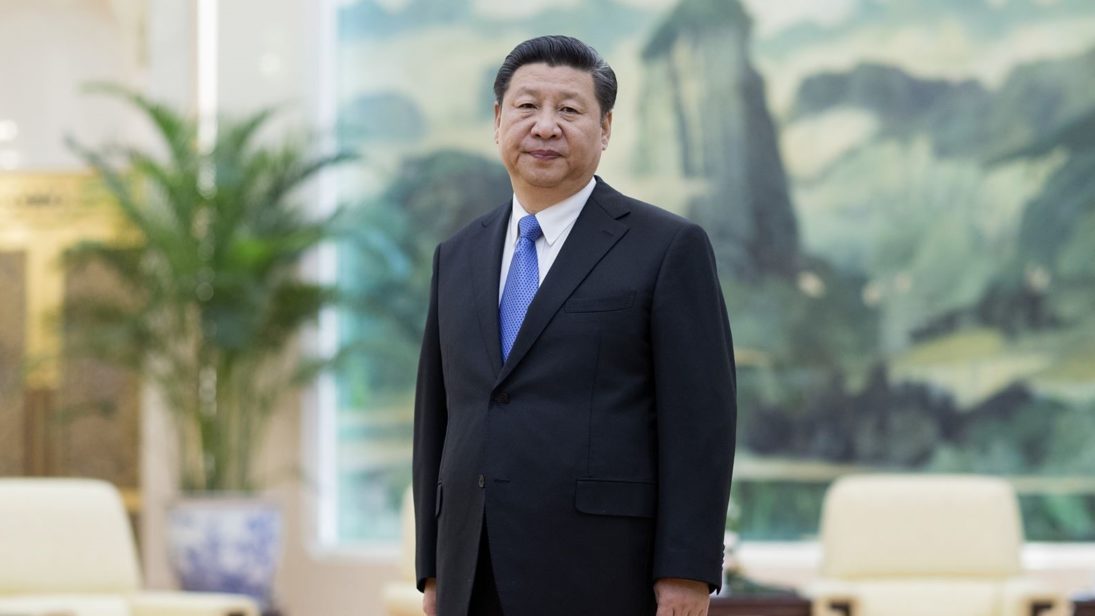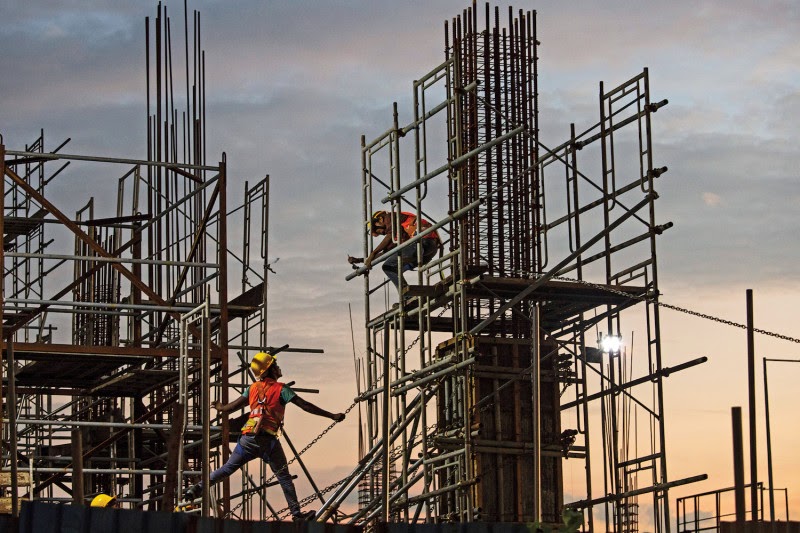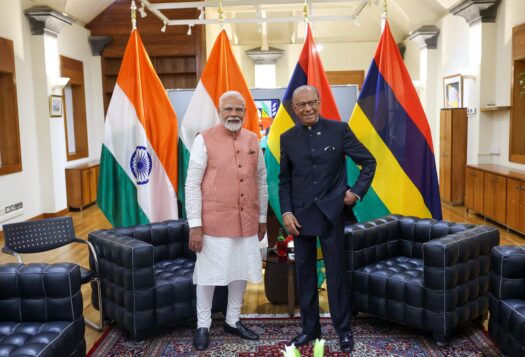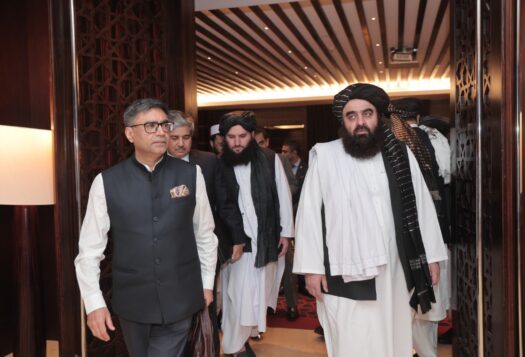
The Belt and Road Initiative (BRI) has fueled a passionate debate across South Asia on the promises and perils of China’s rapid rise across the region. Countries that were traditionally under India’s almost exclusive sphere of influence have not hesitated to accept Beijing’s economic assistance as a welcome alternative to pursue their developmental agendas. All of India’s neighbors except for Bhutan have now signed on to the BRI.
The three pieces in the new SAV series “China’s Belt and Road Initiative: Response of Smaller South Asian States” reflect how a new generation of South Asian analysts are beginning to scratch below the sensationalist surfaces of Chinese “debt trap” or “elephant versus dragon” battles in the region. Abdullah Ar Rafee (Bangladesh), Kamal Dev Bhattarai (Nepal), and Priyanka Moonesinghe (Sri Lanka) offer nuanced and valuable insights on how China’s BRI is seen in their countries, which are too often described as mere peons of a geostrategic chessboard. Informed by local debates in Dhaka, Kathmandu, and Colombo, their contributions also examine the increasing linkages between their country’s external alignment and domestic governance choices. Three major themes stand out.
First, while all three countries have welcomed the BRI as an economic project and developmental opportunity, they also recognize the danger of relying excessively on China’s Eastern promises, and are therefore keen to diversify options. For Rafee, Bangladesh is thus playing a “balancing act” where it is advantageous if the BRI and the Free and Open Indo-Pacific “operate in tandem.” Bhattarai describes Nepal’s balancing attempts between China and India as a “delicate dance.” And referring to China and the United States and its Indo-Pacific partners, Moonesinghe observes how Sri Lanka has been “playing both sides.”
In an ironic revival of India’s non-aligned strategy during the Cold War, these countries are learning the subtle art of balancing, hedging, and even how to play off China against its competitors. This indicates how Bangladesh, Nepal, and Sri Lanka are not just helpless observers and geostrategic stomping grounds, but calibrating their foreign policies to increase bargaining power and reap maximum developmental benefits. While diplomatic flexibility is key to achieving this non-alignment, all three pieces indicate that, at least for now, it is time to further engage China.
Bangladesh, Nepal, and Sri Lanka are not just helpless observers and geostrategic stomping grounds, but are calibrating their foreign policies to increase bargaining power and reap maximum developmental benefits.
Second, all pieces reflect that decisionmakers have absorbed the lessons from BRI’s failures in recent years, whether in Sri Lanka or Malaysia. Cases of unserviceable debt, lacking transparency, or devastating social and environmental impact have raised alarm bells across the region. More than such negative examples, the positive case of Bangladesh is of greater interest: how did Dhaka manage to benefit from the BRI while avoiding all these pitfalls?
Rafee suggests that Bangladesh’s “decent job” in engaging the BRI was based on its “astuteness” and “experience” as a “seasoned actor in utilizing international aid and loans,” which enabled it to carefully scrutinize and also reject some Chinese offers. This speaks to the importance of technical capacity and know-how for these smaller countries to “look into the horse’s mouth” and carefully vet BRI projects. Beyond such expert assessments and negotiation skills, the case of Bangladesh’s Payra port also reflects the importance of diversification, by not letting any single country take complete control of an infrastructure project. Involving several countries may raise the cost and increase complexity, but will eventually pay off in the long-term to retain control of critical infrastructure and other strategic assets. The case holds important lessons for other countries in the region that are beginning to feel overwhelmed with Chinese offers and unable to scrutinize them to best serve their developmental goals. In the case of Nepal, for example, Bhattarai notes that it has adopted a “cautious approach” on the BRI because of “lack of clarity on the modality of Chinese funding.” Beyond blind activism that accepts all BRI projects, South Asian states would benefit from a regional dialogue to share best practices on how to engage China.

The third and final theme running through all pieces relates to the debate about whether China’s BRI is “just business” or if it has deeper strategic, security, and political implications for South Asian states. Moonesinghe’s contribution suggests that economic and security engagements can be separated, with Sri Lanka having shown “agency in leveraging [BRI’s] economic opportunism while turning away undue militaristic influence from China”. The dual track approach she describes is also quite popular in several other countries in the region. In Kathmandu, the BRI is often welcomed as a strictly economic project and the Indo-Pacific construct as a military alliance to contain China. In the case of Bangladesh, Rafee notes, Dhaka will continue to engage with the BRI even while “steering clear of the geopolitical tussle.”
Such a neat division may seem attractive, but it deceptively ignores the long-term strategic consequences of any form of economic entanglement, as illustrated in post-War European political and security choices linked to the American Marshall Plan. Similarly, it seems unreasonable today to expect that China’s BRI will not shape the political and security alignments of its partner countries, whether through investments in Dhaka’s Stock Exchange, a new optic fiber link to Nepal, or control of Sri Lanka’s Hambantota port.
A neat division between economic and security engagement may seem attractive, but it deceptively ignores the long-term strategic consequences of any form of economic entanglement, as illustrated in post-War European political and security choices linked to the American Marshall Plan.
These three excellent contributions reflect two important policy considerations. On the one hand, while Bangladesh, Nepal, and Sri Lanka certainly share some of the Indian, American, European, or Japanese concerns about the BRI, such concerns are less acute in these countries. These three and other smaller states also resent Indo-Pacific pressures to delay or deny BRI projects, which is bound to lead to increasing divergences with India, in particular. Instead of such obstructionism, such smaller states are in dire need of credible alternatives to offset Chinese rising preponderance. The United States-India-Japan Trilateral Infrastructure Working Group is a right step in that direction and must be sustained.
On the other hand, beyond hard infrastructure, there is also tremendous scope for capacity-building programs that support South Asian states’ technical ability to negotiate the terms of their BRI engagement, including project assessment and monitoring, financing modalities, and transparency practices. This will require an open debate involving multiple stakeholders and strong democratic institutions. As Bhattarai emphasizes, countries like Nepal will have to make careful “cost-benefit analysis of each individual BRI project based on domestic needs and national interest.” The United States, India, Japan and other like-minded Indo-Pacific powers can play an important role in supporting this analytical capacity for Bangladesh, Nepal, and Sri Lanka to get the best possible deal out of the BRI without mortgaging their sovereignty.
Editor’s Note: South Asian Voices (SAV) endeavors to ensure its contributors are influencing policy debates in India, Pakistan, the United States, and beyond. To this end, our feature Experts Ki Rai periodically has experienced South Asia specialists weigh-in on contributors’ analysis, in the hope of continuing to advance meaningful dialogue on the subcontinent. In this edition of Experts Ki Rai, Dr. Constantino Xavier of Brookings India responds to SAV’s series “China’s Belt and Road Initiative: Response of Smaller South Asian States.” Read the series here.
***
Click here to read this article in Urdu.
Image 1: VOA via Wikipedia
Image 2: Paula Bronstein/Stringer via Getty


